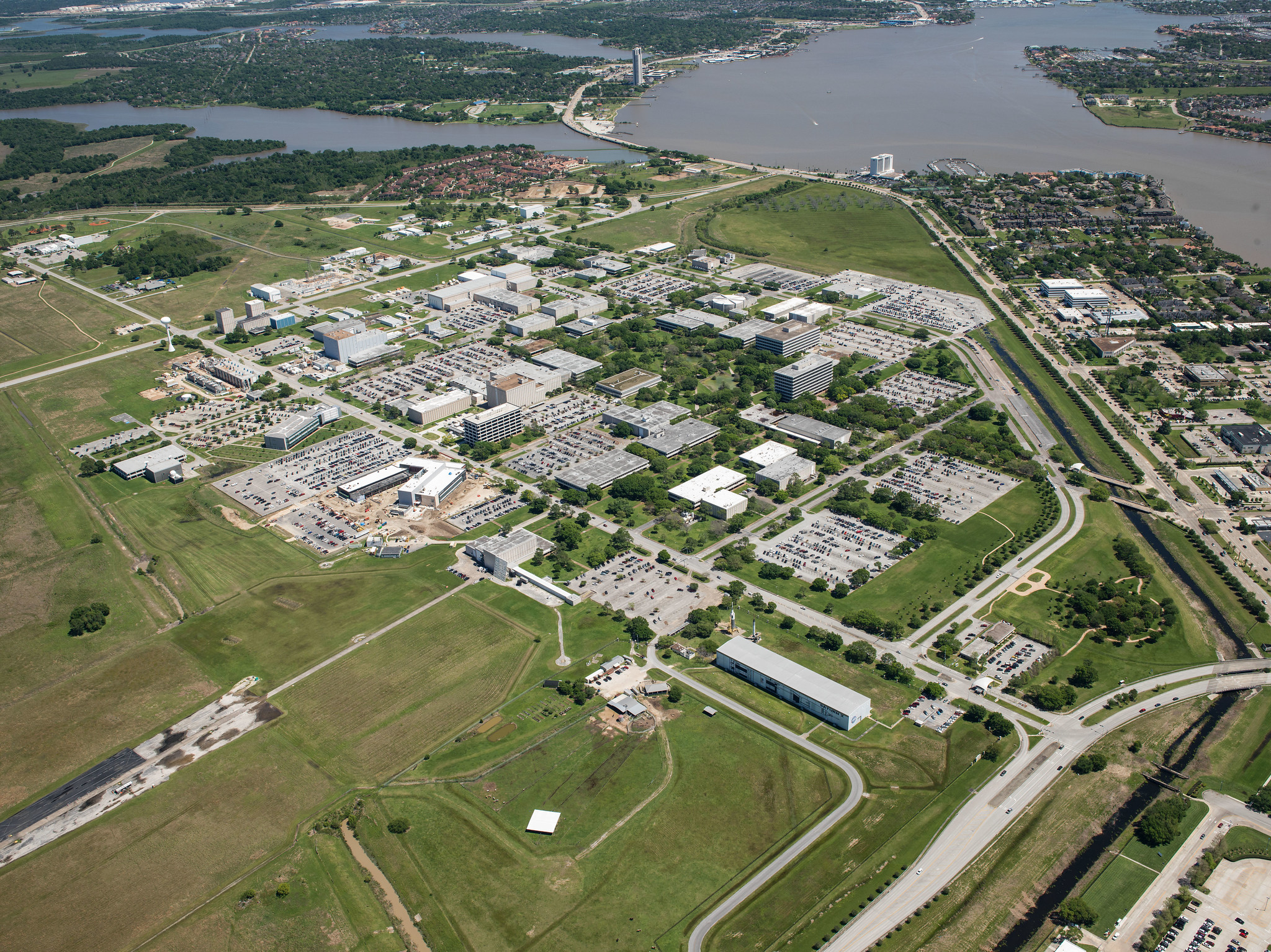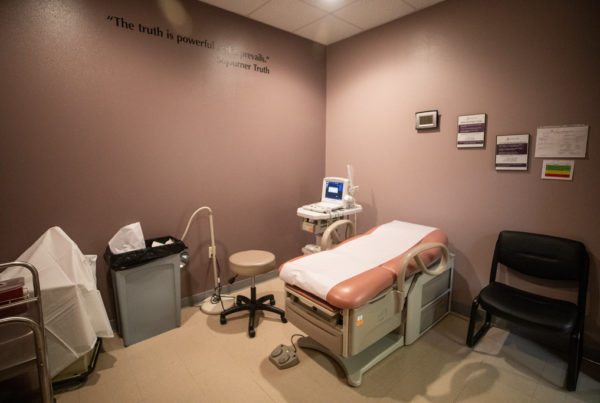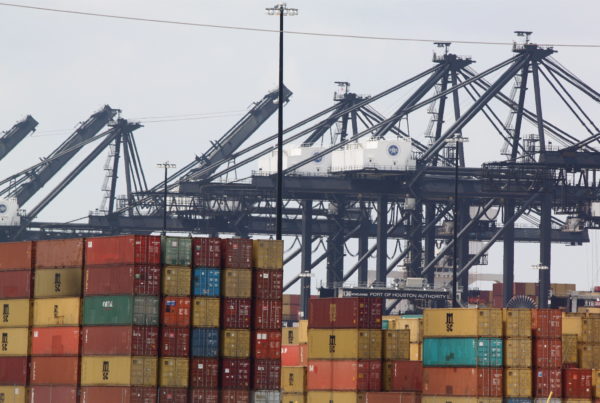NASA’s most important work happens in space. But climate change back on Earth has the potential to disrupt the agency’s mission. That’s because two-thirds of NASA’s assets lie within 16 feet of sea level, including Houston’s Johnson Space Center.
Last week, the space agency unveiled a climate change action plan, and Wired magazine’s Ramin Skibba spoke with Texas Standard about its mitigation efforts. Listen to the interview in the audio player above or read the full interview transcript with Skibba below.
This transcript has been edited lightly for clarity.
Texas Standard: What are the main risks NASA’s says it faces as climate change intensifies? And what facilities are most likely to be affected?
Ramin Skibba: There are a lot of facilities that NASA is looking into. I would say hurricanes are the biggest risk for coastal sites, but also, excessive flooding and sea level rise causing erosion is also a problem. And then inland, you also have issues with wildfires, like, a wildfire came near Jet Propulsion Laboratory around a decade ago.
You write that these climate plans were mandated by the Biden administration for NASA and other federal agencies, but they’ve actually been in the works for a while, is that right?
NASA, being one of the agencies that pays very close attention to climate change, has basically had a plan for a while. But now, over the past few years and definitely under the Biden administration, it’s become more consolidated and they’re looking more to the future about how these different facilities could be affected.
Tell us some of the plans NASA’s intends to put in place. Are they talking about moving assets out of harm’s way or protecting existing facilities from storms, flooding and the like?
I guess you could say it’s all of those things. Although moving anything out of harm’s way away from a coast is a very expensive last resort, which I think NASA is hoping to avoid. So right now, they’re doing what they’re calling “structural hardening.” Sometimes that means buttressing a building to make sure that it won’t be affected by flooding as much. It could mean adding dunes or adding to a beach or adding structural barriers to that. [As a result,] there will be fewer massive waves coming. And then when they do come, they’ll cause less damage. And then they also want to make redundancies, as in, they don’t want everything depend on a single, vulnerable facility, for example. So like if there’s some rocket parts in a facility in New Orleans or if there’s, say, fuel in some other place, if you’re missing some key part then you’re not going be able to launch. Historically, in the past 10, 15 years, hurricanes have been the biggest deal with Johnson Space Center, and I think they are anticipating that to continue to be the biggest problem.
Is it clear how they’re planning for the effects of climate change at Johnson Space Center?
They haven’t given a whole lot of specifics yet, but they are working with people on the ground. So it’s not just people in Washington doing this; this is people, locally, working with people in Washington. And I believe that they will be planning hardening, as in structural hardening, at Johnson Space Center, specifically to protect it from from future hurricanes.
You wrote that there are other less visible impacts of climate change, like the potential for limited access to electricity and fuel.
There have been cases where facilities have lost power, and so they want to make sure that everything can continue running if you lose power. And you could potentially have a situation where the entire surrounding area loses power or loses access to utilities but the NASA site will keep running, like, they could be effectively islands in that case. But we’ll see how it plays out. But that’s the idea is to make sure that that even a massive storm won’t knock out Johnson Space Center or another facility.














